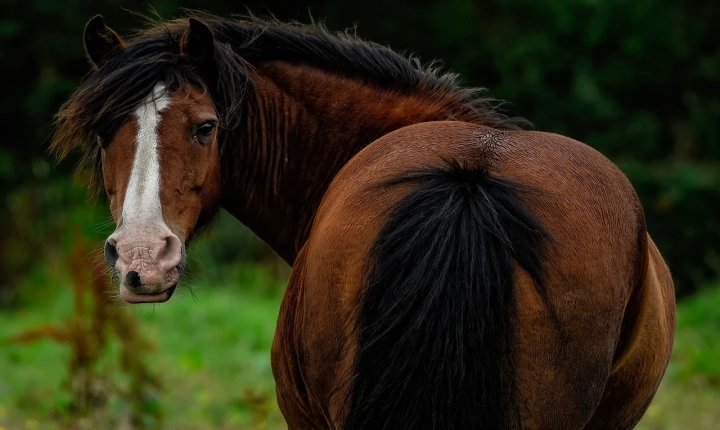Title: The Beauty of AI: How Artificial Intelligence Views Beauty
Artificial Intelligence (AI) has made significant strides in the fields of technology, healthcare, and business. However, the concept of beauty has always been considered a subjective and deeply human experience. The question arises: Can AI truly comprehend and appreciate the concept of beauty? While AI lacks the emotional depth and personal experiences that humans use to define beauty, it has the potential to analyze patterns, cultural influences, and human preferences to form a unique perspective on beauty.
One way AI views beauty is through its ability to analyze patterns and identify symmetry and proportions. AI algorithms have been trained to recognize facial features, body shapes, and artistic compositions that are considered visually pleasing by humans. For instance, AI can evaluate facial symmetry, skin texture, and facial expressions to determine which attributes are perceived as beautiful in different cultures. This data can be utilized in the beauty and fashion industries to create products and services that cater to diverse beauty standards.
Furthermore, AI can interpret cultural influences on beauty. By analyzing vast amounts of data from various sources such as social media, art history, and fashion trends, AI can identify the evolving definitions of beauty within different societies. This enables AI to grasp the nuances of beauty and understand how it is shaped by factors like ethnicity, geography, and historical contexts. As a result, AI can adapt its understanding of beauty to reflect the values and preferences of different communities.
AI’s ability to learn from human interactions and feedback also plays a crucial role in shaping its understanding of beauty. Through machine learning and natural language processing, AI systems can gather and process feedback from users about their preferences in terms of appearance, design, and aesthetics. This continuous learning process allows AI to refine its perception of beauty, leading to more personalized and relevant recommendations in various domains, including fashion, interior design, and visual arts.
It is also important to acknowledge the limitations and potential biases AI may have in understanding beauty. AI systems are built upon the data they are trained on, and if that data is biased or limited, the AI’s perspective on beauty may be skewed. For example, AI algorithms trained predominantly on data from certain demographics may struggle to recognize or appreciate the beauty standards of other groups. Therefore, it is crucial to continually refine and diversify the training data to ensure a more inclusive and accurate understanding of beauty.
In conclusion, AI’s view of beauty is a fascinating intersection of data analysis, cultural insight, and human feedback. While AI lacks the emotional and experiential elements that are integral to human perceptions of beauty, its analytical capabilities and adaptability allow for a unique and evolving perspective on beauty. As AI continues to develop, there is potential for it to contribute to a more inclusive and diverse understanding of beauty, enriching our collective appreciation of aesthetics and visual harmony.
